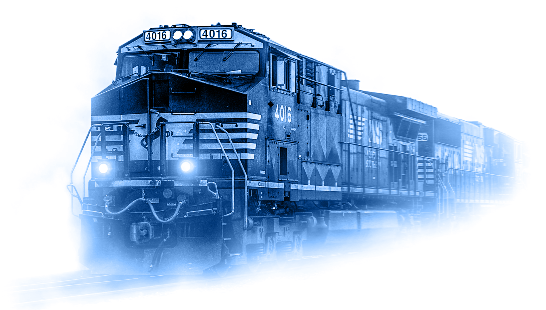ATC System Evolution & RFID's Safety Role in Rail Industry
The rail industry has been a critical part of transportation for centuries, and with time, various technological advancements have made train travel safer, more efficient and comfortable. One of the most significant technological advancements in the industry is the Automatic Train Control (ATC) system.
The ATC system is a combination of software and hardware that helps to regulate and monitor trains' speed and movement. In this article, we will look at the evolution of the ATC system in the rail industry.
The Evolution of Automatic Train Control Systems
The first ATC system was introduced in the early 1900s, and it was called the Automatic Train Stop (ATS) system. This system was designed to prevent trains from running past signals that indicated that the track ahead was occupied by another train. The ATS system relied on a series of electromechanical devices that communicated with the train's braking system and would automatically apply the brakes if the train did not stop at the signal.
Over time, the ATS system was improved, and in the 1930s, a more advanced version was introduced called the Automatic Train Control (ATC) system. The ATC system used radio communication between the train and the control center to monitor train movement and regulate speed. The system would automatically apply the brakes if the train exceeded the speed limit or passed a red signal.
In the 1960s, the Integrated Electronic Control System (IECS) was introduced, which was a significant step forward in the evolution of the ATC system. The IECS system used computer technology to control trains, and it was capable of regulating train speed and movement more accurately than previous systems. The IECS system also allowed trains to communicate with each other and the control center, which improved safety and efficiency.
The next major advancement in the ATC system came in the 1990s with the introduction of the European Train Control System (ETCS). The ETCS system uses digital radio communication between the train and the control center, and it is capable of regulating trains' speed and movement more accurately than previous systems. The ETCS system has several different levels, each of which provides a different level of functionality, with the highest level providing complete control over train speed and movement.
RFID Sensors in ATC Systems: Enhancing Safety and Positioning
Today, the ATC systems have evolved into highly sophisticated systems that use a combination of digital radio communication, computer technology, and advanced RFID sensors to regulate train speed and movement. The RFID tags are installed in the railbed and inform the right positioning and other safety information (speed and other signaling) that helps the onboard computer take decision on the locomotive engine. The RFID brings safety to the ATC even with communication problem or GPS problem.
The ATC systems now used in the rail industry are designed to improve safety, efficiency, and comfort for passengers. They can also provide real-time information to passengers about train schedules and delays.


1501 Venera ave Suite 320A Coral Gables, FL 33146
+55 11 985974011 (Brazil)
+1 614 302 1900 (USA)
Intertech Rail 2024 - All Rights Reserved







